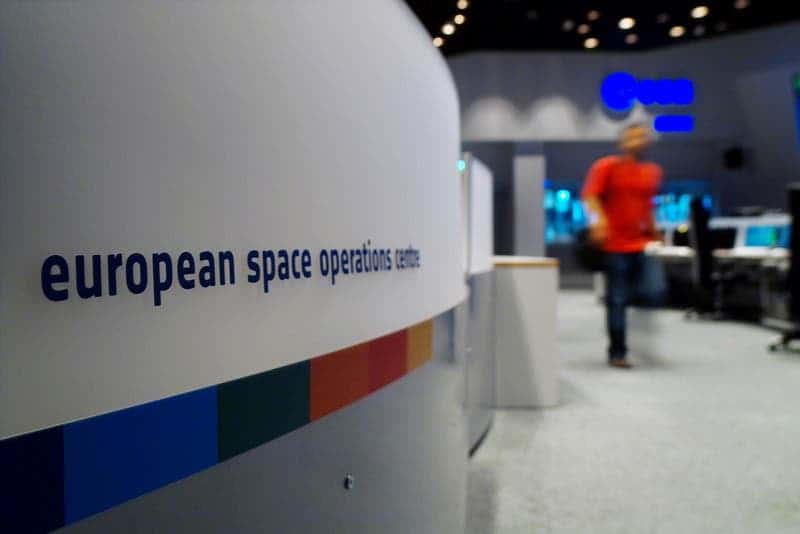Do you want to explore the great, dark expanses of the Universe? Ever wondered what it’s like sleeping in zero gravity? Feel like you have to get out of Earth before things get worse? Can’t blame you — but ESA can help you.

The European Space Agency has issued a new call for astronaut recruits, for the first time in a decade. Applications will start being accepted on March 31st, and everyone is encouraged to apply — ESA seeks to “expand gender diversity in our ranks”.
AstrEUnaut
“To go farther than we ever have before, we need to look wider than we ever have before,” said ESA director general Jan Wörner in a statement declaring the new campaign.
“This recruitment process is the first step and I look forward to watching the agency develop across all areas of space exploration and innovation, with our international partners, in the years to come.”
David Parker, the ESA director of human and robotic exploration, says that the agency’s drive for diversity should focus not only on “origin, age, background or gender of our astronauts, but also perhaps physical disabilities”, which is definitely a fresh take on what we consider astronaut material. However, given the rising interest in space exploration, from both public and government agents, having such individuals as part of the crew will undoubtedly help us discover and develop ways of overcoming the issues that will affect them uniquely in space.
Parker adds that due to this reason, he will also be launching the Parastronaut Feasibility Project — “an innovation whose time has come” — alongside the recruitment program.
After the window for applications closes (it will be running from March 31 to May 28), candidates will contend with a six-stage selection process, which will end by October 2022. As far as requirements go, applicants must be nationals of an ESA member state aged 27 to 37, be between 153 to 190 cm (5 to 6.3 ft) tall, and be able to speak and write in English. You’ll also need a university degree in natural sciences, engineering, or medicine (or an equivalent), and you’ll be at an advantage if you have at least three years of professional experience in these or a related field.
The ESA and NASA signed an agreement in October to work together in the future to develop sustainable lunar exploration. Crews from both agencies will collaborate on the Artemis Gateway lunar outpost, meant to serve as a first stop for astronauts traveling from Earth to the lunar surface. If you’re one of the people who manage to finish ESA’s recruitment drive, it’s very likely you’re probably going to work on that project.
Applications should go here — good luck!









